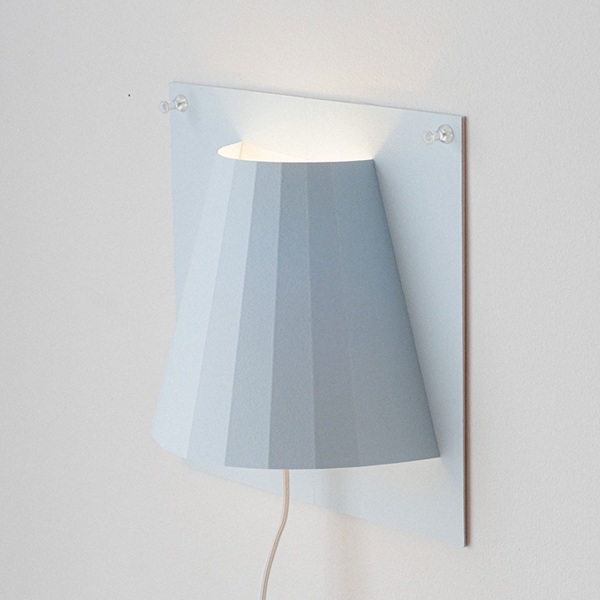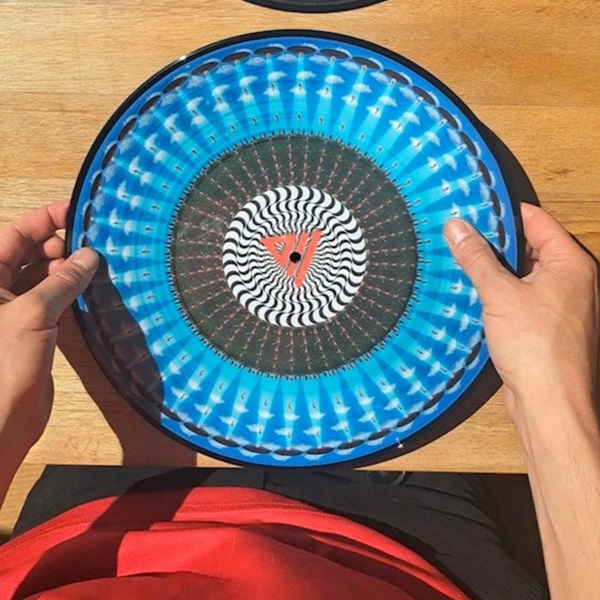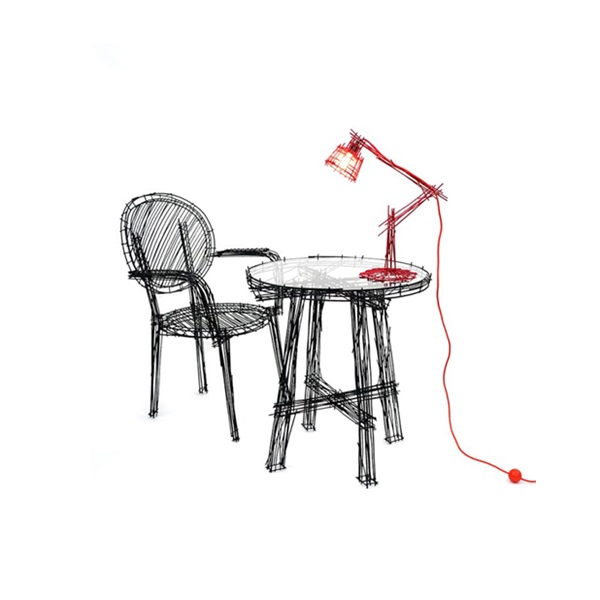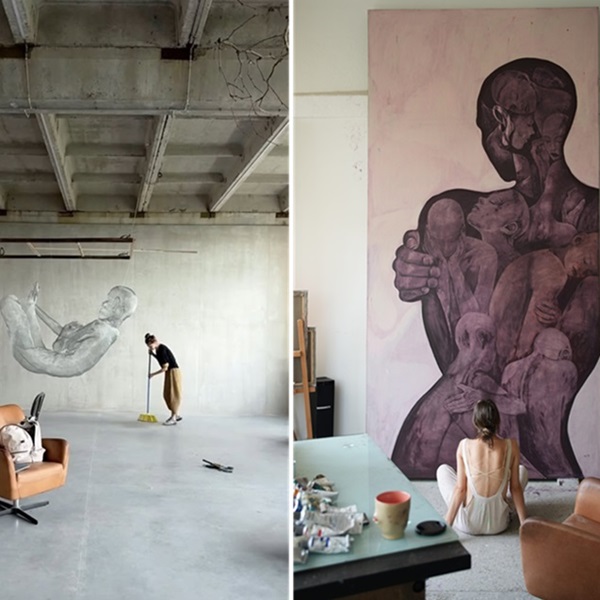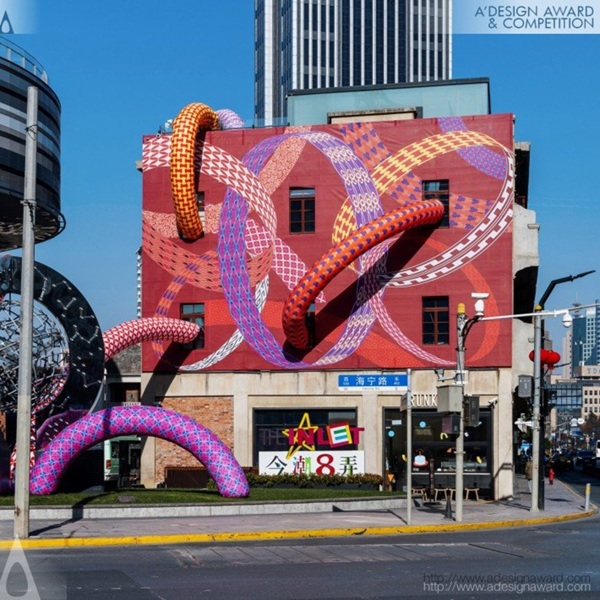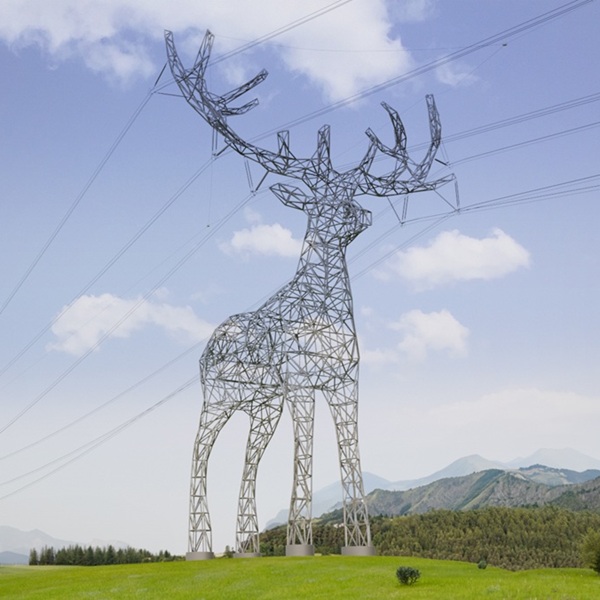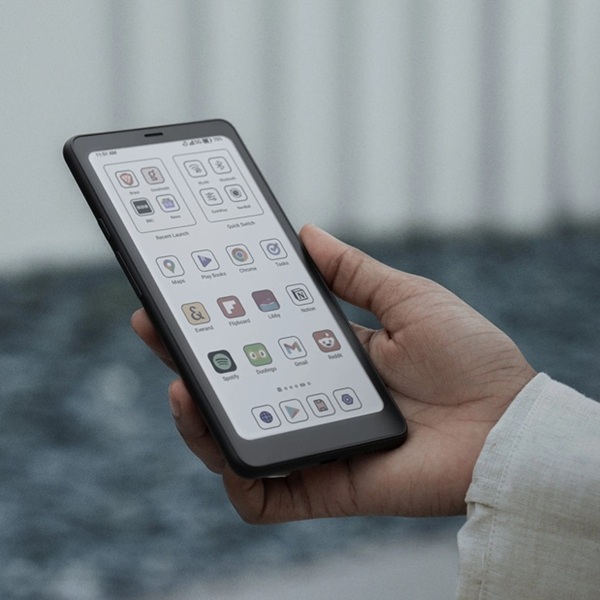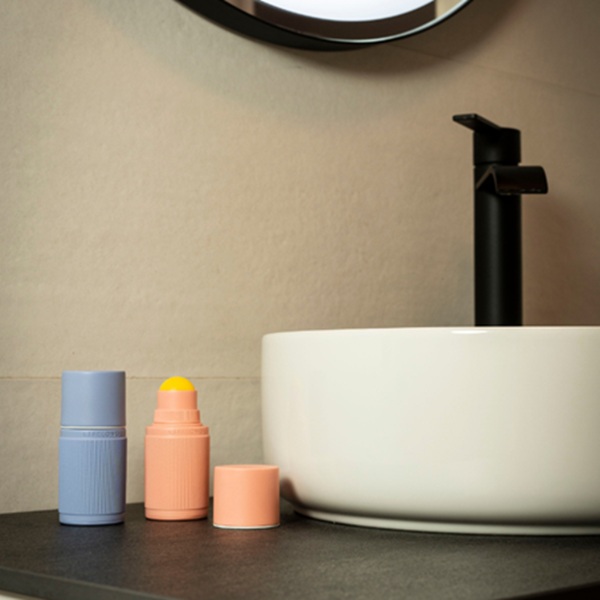
Hot weather camping tips are essential for every summer adventurer who has ever woken up drenched in sweat inside a stifling tent. As temperatures soar, your cozy outdoor shelter can quickly transform into an unbearable oven. And this overheating affects your sleep, energy, and overall experience.

Without proper ventilation, shading, and cooling strategies, even the most scenic campsite can become a challenge. Therefore, you need to understand the hot weather camping tips and manage tent temperatures.
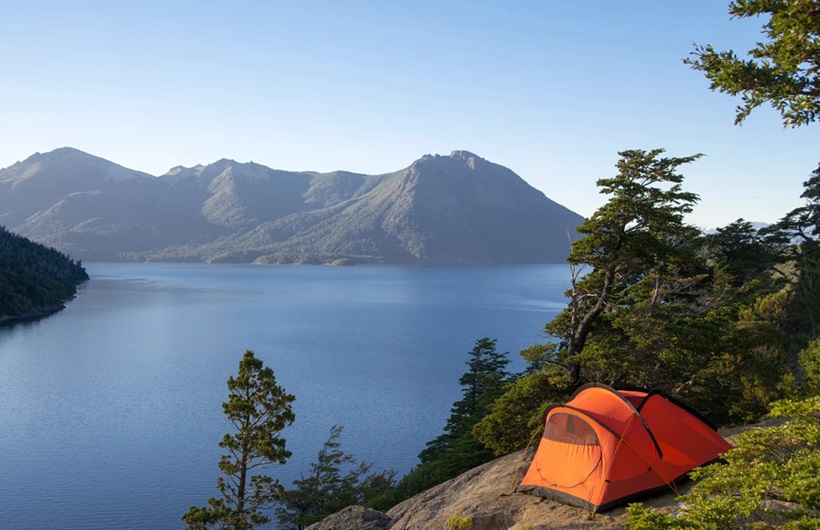
In this guide, we will try to help you out!
Set Up in the Shade
When possible, pitch your tent in a naturally shaded area, like under trees or rock formations. Shade significantly reduces heat buildup inside your tent, especially during peak midday hours.
If natural shade isn’t available, consider using a camping tarp or reflective canopy above your tent to deflect sunlight. Look for UV-resistant tarps with high-denier polyester for durability. Strategic placement can lower your tent temperature by several degrees.
Lastly, choosing the right location is one of the simplest but most effective hot weather camping tips for beating the heat before it even becomes a problem.
Use a Reflective Rainfly or Thermal Cover
Many tents trap heat due to dark-colored rainflies or low-quality fabrics. Replace or upgrade your rainfly with a reflective or thermal version to block sunlight and reduce interior heat. Look for covers with an aluminized layer and breathable mesh underneath for ventilation.
Because these materials reflect UV rays and stop heat from penetrating the fabric. Brands like SOL or ARB offer high-quality heat-reflective options. As hot weather camping tips go, investing in proper gear like a reflective rainfly pays off quickly, especially when your tent becomes unbearable under the summer sun.
Remove the Rainfly at Night
Unless you are expecting rain, removing the rainfly in the evening allows maximum airflow through your tent’s mesh ceiling and windows. This prevents trapped body heat and helps lower interior temperatures overnight.
Additionally, you should choose tents with full-mesh tops and walls for this setup. If privacy is a concern, pair it with light-colored mesh window shades. This practice is one of the easiest hot weather camping tips that instantly improves sleep quality during summer trips by encouraging cross ventilation and releasing stored heat from the day.
Choose a Tent Designed for Hot Weather
As you know, tents are not equal. Some tents are for hot weather and some for cold weather. You can choose a 3-season tent specifically for ventilation and airflow.
During summer trips, you should prioritize the best hot weather tents with full-mesh walls, multiple large windows, and at least two doors for cross-breeze potential. Additionally, you can look for models with a high peak height and steep walls to promote heat escape.
You can consider technical specs, including double-walled design, no-see-um mesh, and integrated venting systems. Investing in the right tent is one of the most critical hot weather camping tips for staying cool and comfortable.
Use a Portable Tent Fan
Portable tent fans can help you a lot. These battery-operated or USB-rechargeable fans are lightweight and easy to hang from tent ceilings. And the best part is their low noise and high airflow specifications.
For a high-quality one, you can look for models with at least 2000 mAh battery life, multiple speed settings, and 360-degree rotation. Some models include LED lights for dual functionality
Bringing along a fan may seem like a small addition, but in practice, it’s one of the most overlooked yet powerful hot weather camping tips that can transform your tent experience.
Elevate Your Sleeping Setup
Heat rises—but so does moisture. Sleeping directly on the tent floor traps you in a hot, humid zone. Instead, you can use a lightweight cot or an air mattress with ventilation underneath.
You can also look for elevated sleeping pads with breathable mesh or slatted designs to allow airflow from below. Adding an extra layer between you and the ground makes a significant difference. Among these hot weather camping tips, elevating the sleeping position is a game-changer.
Tent Ventilation Tips with Cross Breezes
You can maximize your tent’s airflow by creating cross breezes. To create this environment, you can open vents, doors, and mesh windows on opposite sides of the tent to allow wind to pass through. Additionally, you can position the tent so that prevailing winds hit the larger door or vent first. If there’s no wind, using two small fans at each opening can mimic a cross-breeze.
Also, you can look for tents with adjustable vent flaps and zippered mesh for control. Utilizing natural airflow is one of the most effective and energy-free hot weather camping tips to keep your tent cool throughout the day and night.
Camp Near Water
If your tent too hot during summer, you can camp near lakes, rivers, or oceanfront sites to regulate your tent’s climate. You should choose a campsite within a safe distance—at least 200 feet away for Leave No Trace compliance.
You will see that the breeze from the water naturally cools the surrounding air. Early mornings and evenings tend to be cooler near water bodies. Moreover, you can cool off with a quick dip. When it comes to location-based hot weather camping tips. During camping in a summer heat, choosing a water-adjacent site adds comfort and freshness without requiring extra gear or power.
Pack a Reflective Ground Tarp
To stay cool while camping, you can use a reflective ground tarp placed beneath your tent. This kind of tarp acts as a barrier against heat from the sun-warmed ground. You can look for traps with silver-coated polyethylene with a reflectivity rating.
Because these materials bounce radiant heat away from the tent floor and prevent heat conduction. Be sure the tarp does not extend beyond the tent base to avoid rainwater pooling.
Freeze Water Bottles for DIY AC
You might wonder about how to sleep in a hot tent. The answer varies depending on your gear and budget. If you do not have a budget, or you are already at the campsite without a fan or proper tent, you can use frozen water bottles or hydration packs. As the ice melts, it absorbs heat and creates a cooling effect.



